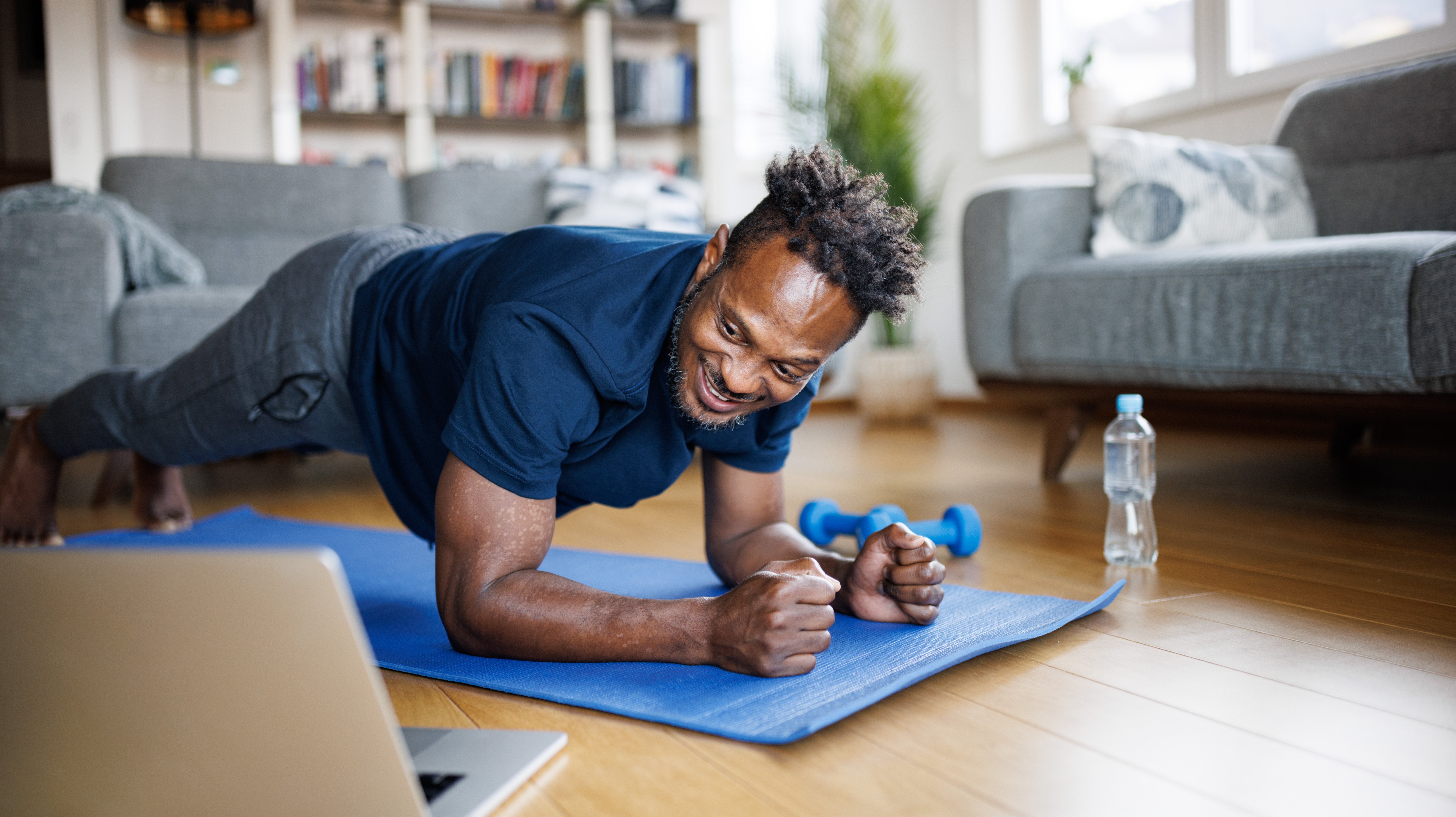A strength training expert says these are the three simple rules every beginner should follow
Just starting out and need a little guidance? This advice can set you on the right path


Strength training offers numerous benefits. It helps you build and maintain muscle, improves bone density and can even reduce your risk of falling as you age.
The good news is that you don’t need equipment or expensive gym or fitness app memberships to get started. Most beginners can build strength through bodyweight exercises alone, with plenty of free workout plans and form guides available online—like this beginner bodyweight workout.
That said, some guiding principles are still valuable when you're just starting. Qualified coach Steve Stonehouse has created many beginner-friendly workout plans. Here’s his top advice for newcomers to strength training.

Steve Stonehouse is a NASM-qualified personal trainer and the VP of programming and education at Body Fit Training. He has been in the training industry for 25 years and has experience training individuals and coaching other PTs.
1. Set realistic expectations
Stonehouse recommends resisting the urge to jump into intense workout regimes. "You don't have the Olympic trials next weekend, right? So you don't have to rush," says Stonehouse.
Begin with three sessions a week, allowing rest days in between. While you won't build huge muscles overnight, being consistent with the workouts and following the principles of progressive overload will help you achieve your strength goals in time.
2. Focus on movement patterns
Stonehouse emphasizes "movement-specific" exercises rather than targeting individual muscles like your biceps, glutes or hamstrings. Work on movement patterns like pushing, pulling, hinging and squatting instead.
These are movements we perform daily so practicing them helps build functional strength that translates into everyday life.
Start your week with achievable workout ideas, health tips and wellbeing advice in your inbox.
3. Increase your daily movement
"Your body is an incredibly adaptive machine," says Stonehouse. That means if you sit all day, your body will adapt to a sedentary lifestyle. Similarly, the more you move, the more your body will adjust to that activity.
"If you're moving regularly, your body is going to adapt, grow and become stronger," adds Stonehouse. So in addition to your weekly workouts, aim to increase your daily movement—rack up your step count, get up from your desk regularly and stay active throughout the day.
Need ideas on how to do this? Try doing this physical therapist's three-step stretching routine every hour, to keep yourself limber.

Ruth Gaukrodger is the fitness editor for Fit&Well, responsible for editing articles on everything from fitness trackers to walking shoes. A lot of her time is spent interviewing coaches and fitness experts, getting tips on how to make exercise less intimidating and more accessible.
She's a keen runner and loves strength training. She also enjoys honing her yoga skills from the comfort of her living room.